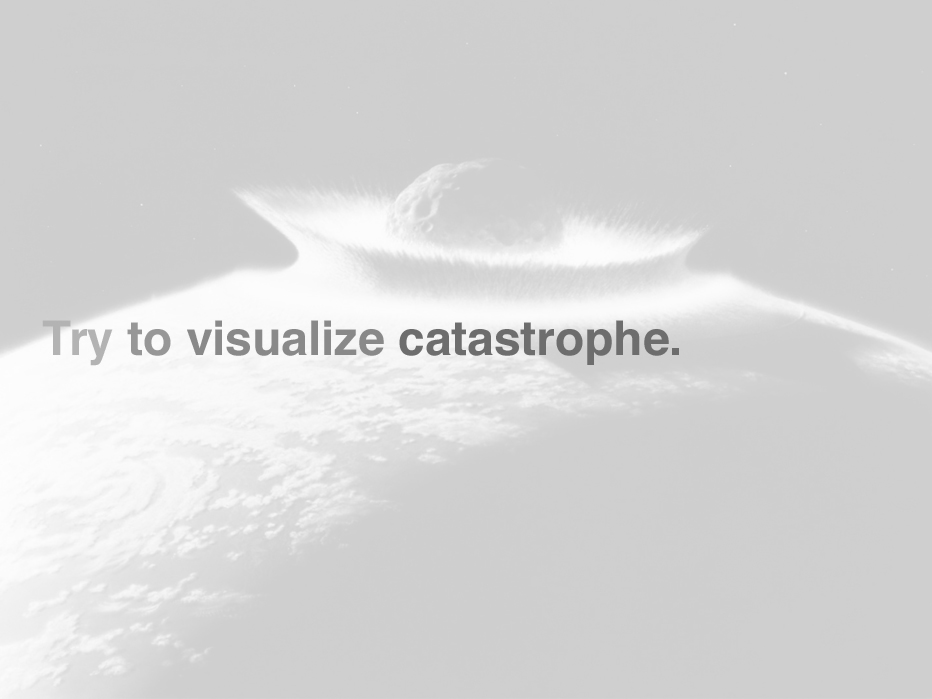
What do I mean by this? Well, I think it’s often pretty easy to go about life without giving consideration to possible failure, at least not in a realistic way.
You’ve probably heard the phrase “too big to fail” numerous times throughout the past few months of economic crisis. At this point, given the numerous entities to which have been referred as “too big to fail,” which have ultimately failed, it would seem that the moniker is a better predictor of failure than a true statement of resiliency. The titanic, large banking corporations, countries- all considered too big to fail, yet have.
So can we fail? Absolutely. But I think visualizing catastrophe is not just about seeing the end result as failure. It’s also about anticipating a series of unfortunate events that cumulatively make up catastrophe. It’s not just about pessimism, either, it’s more about having a sober and realistic idea of where your strategies and tactics are weak. Of course, there are some catastrophes that can’t really be prevented.

As part of my presentation, I showed the above slide, which is a screenshot of a status message I posted on Facebook on inauguration day. That morning, I was walking to get coffee at a shop next to our office, slipped on the ice, hit my head, and was unconscious for several minutes. I was a bit dizzy when I woke up, but it wasn’t until later that I began to realize that I had lost about a week and a half of memory. I was able to piece that time back together by following the digital trail I’d left of emails, calendar entries, facebook and blog posts, entries to our internal systems, instant messages, and photographs, but the memories themselves still have not returned.
Did I ever imagine that I could hit my head and lose a week and half of memory? Of course not, but it’s not something I could really prevent either, and I’m actually a bit ambivalent about how easy it was to piece together this lost time thanks to my digital footprints (more on that in part 3). See, that is what puts us in a unique place of tension between assuming we have a safety net and rendering ourselves impotent out of fear. In the middle somewhere is a posture we can adopt of thoughtful planning- for both success and possible failure- and acceptance that sometimes bad stuff happens.



